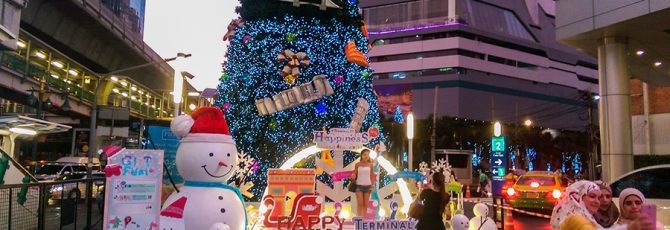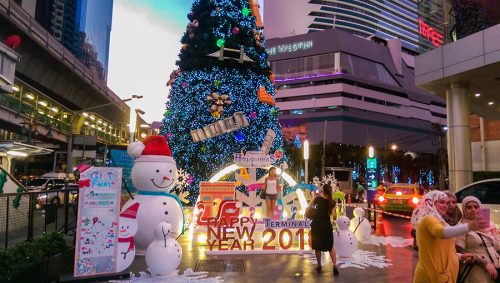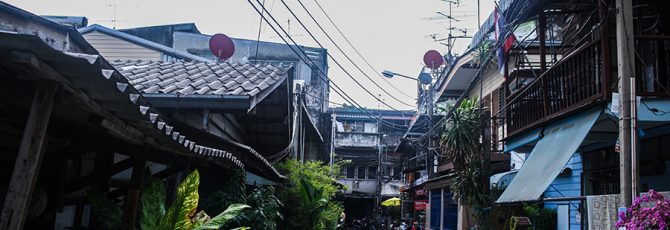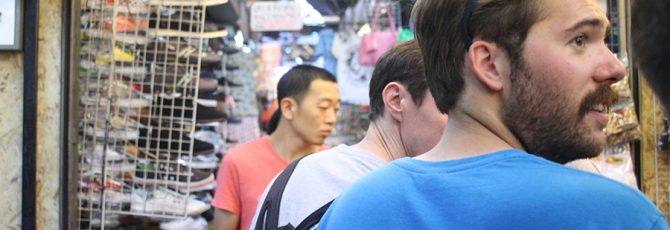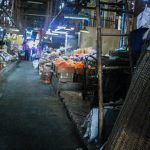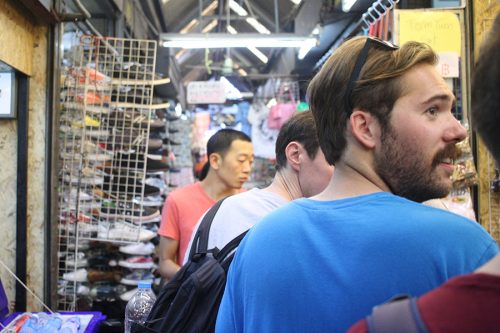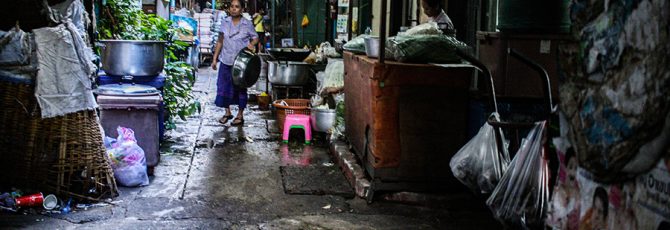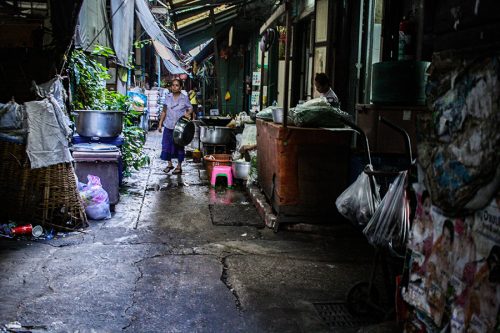19. Your feet are going to swell
Maybe it doesn’t happen to you. Maybe it doesn’t happen to everybody and maybe it depends on where you go and the time of year but, me? My feet swell. Pretty bad, usually.
Other travelers I met, I’d mention it, and they had no idea what I was talking about. When I researched the topic, I found that I am not alone which means you may very well join my ranks.
The problem is we sweat. A lot. If I’m wearing my small backpack (which I cart around my camera and lenses in; I may reevaluate my camera options for a future trip), in Ho Chi Minh City in south Vietnam, pretty much as soon as I walk outside, I start sweating profusely. Within 20 minutes, the back of my shirt (cotton, which is the wrong choice) is soaked through. Completely. Wring it out and there will be lots of water on the ground wet. Hard to get dry again wet.
That’s a lot of water. Moreover, that’s a lot of salt water.
Depending on the time of year, where you go and if there’s a storm, humidity could be through the roof, further adding to your sweating problems.
To the north in Hanoi, in December, it’s not nearly as bad (a balmy 80 degrees) but it’s still a problem.
What to do about it? Drink lots of water or sports drinks (buy the 1.5 litter bottles) and eat lots of salty foods/snack foods. You need to replenish the salt your body is losing through sweat. When your body loses that salt, and it doesn’t get replaced, your feet swell.
Here’s where the real problem is: you drink 1.5 liter after 1.5 liter of water, and you never have to pee, because you’re sweating it all out. And you think that everything’s just fine, right? No headache. No other signs of dehydration.
Except your feet. They’re swollen. They’re giant. Problem is all that salt you lost that was not replenished by that purified water.
That’s where the salty snacks come in.
Sounds easy, right? Well, it doesn’t always work at that way, so be prepared if they do swell, and don’t be too horrified.


